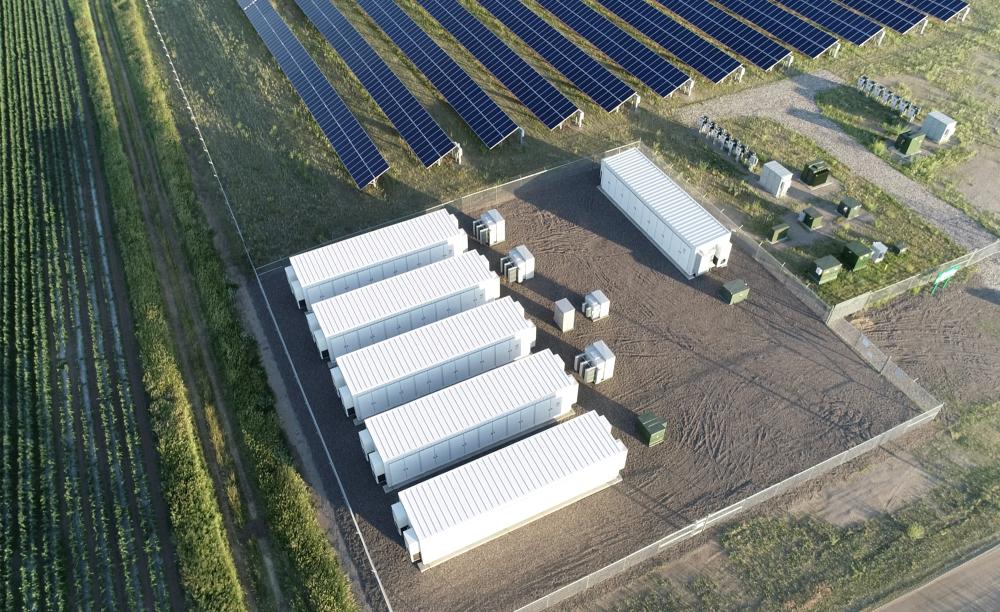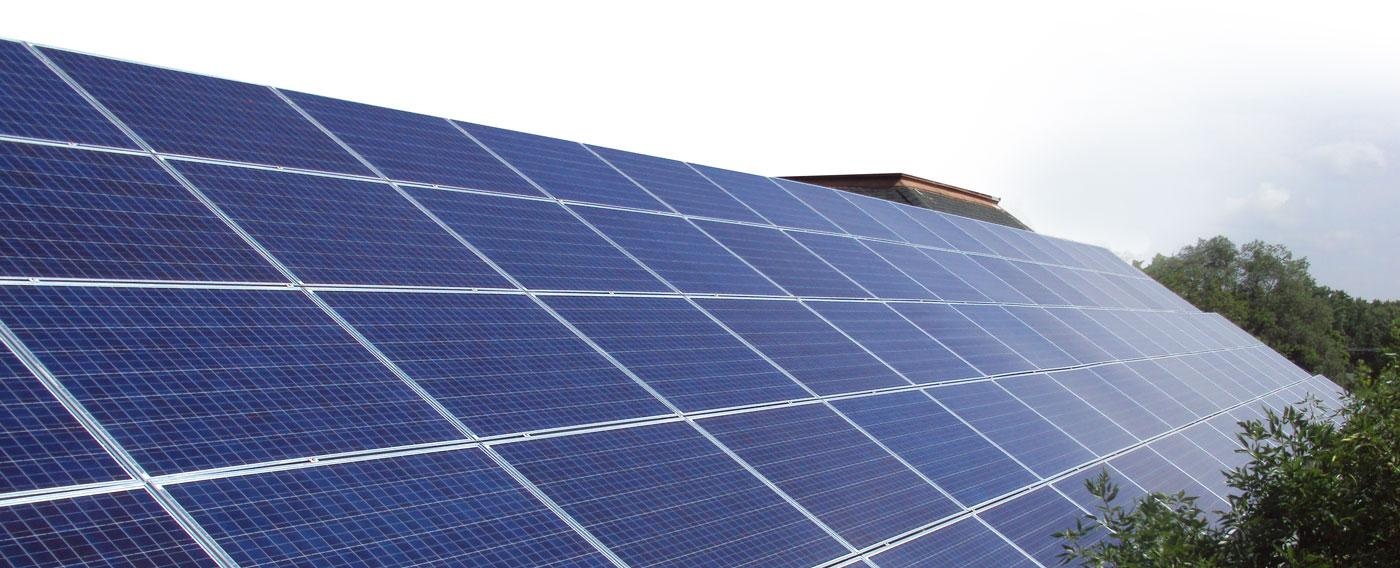MnSEIA's mission is to grow the solar and energy storage industries as part of Minnesota's clean energy transition by delivering strong public policy, education, job creation, and sustainable industry development.

We Connect Minnesota’s Solar And Storage Community
MnSEIA provides fantastic networking opportunities through membership meetings, task forces, business and educational opportunities, and our annual Gateway to Solar Conference.
We Advocate For Solar And Storage
MnSEIA's work centers around state legislative lobbying efforts and regulatory implementation. We promote the use of solar and energy storage to serve the public interest, to achieve a sustainable future, and to create family-sustaining jobs.
We Work Tirelessly For Our Members
MnSEIA has over 170 member organizations involved in solar energy, energy storage, and ancillary services. We work for, and harness the strength of, our member solar installers, vendors, developers, distributors, manufacturers, job trainers, labor unions, nonprofits, law firms, utilities, and more by advocating for policy and regulatory initiatives that strengthen the industry.

MnSEIA's Evolution
Moving Minnesota Solar and Storage Forward Since 2009
MnSEIA Is Formed
At the time of MnSEIA's formation, Minnesota had just 330 solar installations producing 1.5 megawatts of electricity.
Organizing Efforts Culminate In Important MN Solar Legislation
- After four years of organizing, MnSEIA helped enact a 1.5% solar energy standard in Minnesota, with a target of at least 450 megawatts of solar by 2020.
- MnSEIA passed groundbreaking, bipartisan Community Solar Garden legislation that put Minnesota on track to become the nation’s leader.
- MnSEIA played an instrumental role in establishing the Value of Solar (VOS,) a first-of-its-kind tool used to determine the actual value solar provides to the grid and how solar users should be compensated for that benefit.
Minnesota Becomes A 1 Billion Dollar + Market
In seven years, MnSEIA led the growth of Minnesota solar from a $150 million industry to a $1 billion market with over 300 megawatts of solar.
Minnesota Sees Exponential Solar Growth
- Minnesota reached 500 megawatts of solar installed.
- Solar jobs grew 48% in 2017 over 2016 levels
- Minnesota saw clean energy jobs grew 4x faster than overall job growth in 2017 alone.
- MnSEIA grew to 100 members.
Renewable Energy Becomes The Cheapest Option
- Renewable energy reached the point of being cheaper than both coal and natural gas in Minnesota, even without subsidies.
- MnSEIA pushed the Minnesota Public Utilities Commission (MPUC) to re-evaluate the Distributed Generation (DG) tariff framework.
- MnSEIA welcomed a new Executive Director, David Shaffer.
Minnesota Reaches 1 Gigawatt of Solar
- Minnesota officially reached 1 gigawatt of installed solar. 250 megawatts of Community Solar Gardens are also installed this year, the most ever in the state’s history.
- Xcel Energy announces plans to install 3 gigawatts of solar in MN by 2030, marking a turning point where utilities are using solar to decrease their costs.
- MnSEIA succeeded at the Capitol with industry-wide wins. A Brightfields study and an energy storage study are funded to create a pathway for solar on closed landfills and a Minnesota storage market. MnSEIA also successfully lobbied for important language changes in the Solar*Rewards program to increase project size limits.
- MnSEIA becomes an official state affiliate of the national SEIA.
Solar and MnSEIA Grow Despite Pandemic
- Solar proved its resiliency and benefit to the economy by continuing to grow despite the COVID-19 pandemic where other industries shrank.
- MnSEIA passed a $30 million extension to the Solar*Rewards program, one of the only two energy bills to make it through the legislative session.
- State utilities announced plans to expedite over 500 MW worth of utility-scale projects to get Minnesotans back to work.
- The federal Investment Tax Credit is extended at 26% until 2022.
- MnSEIA added new full-time staff members and an office.
- MnSEIA set diversity, equity, and inclusion goals for all levels of the solar workforce and the MnSEIA Board.
Years Long Lobbying Efforts Pay Off
- 340 MWs of solar are installed in Minnesota during the year, more than double the amount in 2020.
- MnSEIA lobbied for over $31 million in solar incentive programs at the Capitol, including a Solar*Rewards expansion, funding for the brightfields market, and the creation of a Solar for Schools program.
- MnSEIA expanded its mission and focus to include energy storage.
- MnSEIA welcomed a new Executive Director, Logan O'Grady.
Minnesota’s Solar + Storage Industry Matures and Expands
- MnSEIA celebrated the efforts of Minnesota’s Attorney General, Keith Ellison, to crack down on fraudulent solar installation sales in Minnesota.
- MnSEIA reached a DEI target for our Board of Directors, where half the members are from an underrepresented group in the industry.
- The Association grew to over 140 members with the broadest industry representation yet.
- MnSEIA hosted its largest Gateway to Solar conference with over 500 attendees from 218 companies.
A New Era for Minnesota Solar
- Minnesota enacts new 100% carbon free by 2040 standard.
- MnSEIA leads the legislative efforts to pass a new Distributed Generation (DG) Standard.
- MnSEIA modernizes the state’s community solar garden (CSG) program, prioritizing low-to-moderate income and residential customers.
- Historic $80 million in programmatic funding directly invested into the solar + storage industries.
Successful Policy Implementation For The Next Wave Of Solar Deployment
- Create, promote and protect solar-friendly policies around residential, utility-scale, commercial and industrial solar, and energy storage.
- Push back against harmful utility practices, such as slow interconnection processes, unnecessary costs and poor data disclosure.
- Expand the solar PV demand credit for commercial and industrial customers and add storage as a qualifying technology.
- Extend incentives for community solar garden residential subscribers, increase customer access, and enlarge project size.
- Encourage and support utility-scale projects as they are proposed.
- Facilitate successful development of Minnesota's goal to achieve 6+ Gigawatts of solar by 2030.